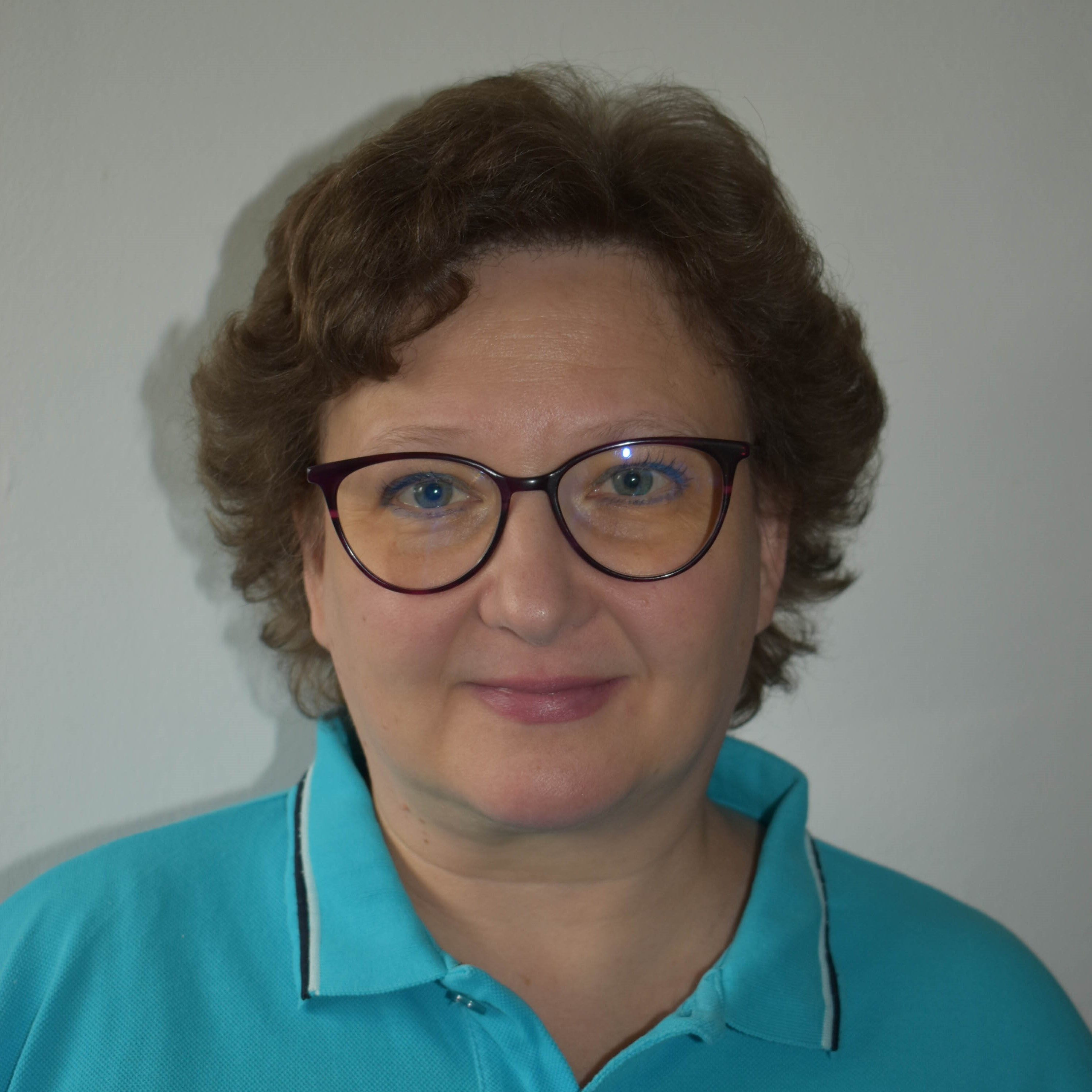The interview

Ioana Rotaru, Romania
What is your profession:
I am Ioana Rotaru, a Romanian medical doctor, and I am working for sixteen years within the children's department of " ACASA" Rehabilitation Centre Zalău which belongs to a Romanian-Dutch Foundation, a centre with national addressability. I started as a paediatrician, and after 3 years, to diversify my professional knowledge, I graduated as a physiotherapist.
I am currently working as head of the children's department and quality manager of the centre.
How is the rehabilitation treatment of spine diseases managed in your country?
In Romania, rehabilitation treatment of the spine is teamwork involving different specialists: rehabilitation doctors, orthopedists, neurosurgeons, physiotherapists, psychologists, and physiotherapy nurses.The orthosis and occupational therapy component is usually performed by physiotherapists because, in Romania, there are no distinct specialisations for these specific activities.
The rehabilitation model is "patient-centred" because the patient's symptoms, dysfunctions (impairment, abilities, and participation), and distress are all addressed.
The treatment is offered in various inpatient and outpatient rehabilitation centres and hospitals, or in the rehabilitation departments of county hospitals.The costs of the rehab treatment can be covered by the "National Health Insurance House," or patients can choose to be treated in private centres where they pay for rehabilitation services.
The main treatment is an active one, including various approaches, from basic advice to stay active to supervised machine-based exercise routines.Some of the specific techniques used in spine management are the McKenzie Method, spinal manipulation and mobilisation ( manual therapy), manual resistance techniques (PNF), functional stability training, trigger points, acupuncture, massage, spinal traction, and therapies with physical agents ( heat, ice, electrotherapy, sonotherapy, hydrotherapy).
Scoliosis: how is it treated in your country?
My interest in scoliosis started at the beginning of my practice, with the presentation for rehabilitation treatment of some patients with scoliosis.The aspect that intrigued me at that time, was the lack of consistency in the treatment prescribed for scoliosis by different orthopaedic specialists. I had scoliosis patients sent for physiotherapy with 7 degrees of scoliosis, 20 degrees, and 65 degrees as well.
After a long discussion with a local orthopaedist who explained to me that there is no national treatment protocol for scoliosis, that every specialist acts based on personal training, I started my personal training in scoliosis diagnostics and treatment. Researching valid sources of information about scoliosis, one of my greatest discoveries was SOSORT, where I found evidence-based information and guidelines about the treatment of scoliosis and spinal deformities, with an emphasis on non-operative management. In May 2015, I participated in the SOSORT Congress in Katowice, Poland, and I attended the educational course about conservative management of spinal deformities.
There I heard for the first time about specific scoliosis exercises, so having the background of a physiotherapist, I was able to follow a course for 3D therapy of the spine based on the Schroth method. At the same congress, I learned about the evaluation of the surface topography during AIS surveillance. So the following year, I got a sponsorship to purchase a DIERS Formetric 4D for our centre. Another great benefit of the congress was the invitation to participate in the ISICO World Master Course, where I am attending the current edition in 2021.
In the last few years, the treatment of scoliosis has become optimal in our country. There is a continuing concern in this area. Some rehabilitation centres started to use scoliosis-specific exercises (FED method, Schroth method), and braces became more and more correctly made. The only type of brace used in Romania for scoliosis is the Cheneau brace, and we have a single centre where the braces are designed and produced using CAD/CAM. We do not know the incidence of scoliosis in Romania, and scoliosis screening is not performed at the national level. There are some local screening actions led by a volunteer system.
The surgical treatment is supported by a national programme for approximately 45 children in one year (paediatric and adolescent patients with severe spinal deformities, paediatric patients with post-traumatic diseases of the spine, paediatric patients with tumour pathology of the spine; children with severe congenital vertebral malformation). In Bucharest, there is also a private hospital where scoliosis surgery can be performed, but the costs are prohibitive for most families. Some patients in my care had surgery abroad. The lack of access to scoliosis treatment, both conservative and surgical, remains a great problem for patients.
What would you like to improve on the clinical practice currently followed in your country?
I would like to continue scoliosis screening in schools, for earlier detection and intervention to obtain better outcomes.I am going to share the knowledge I am obtaining with my colleagues to help them understand and manage scoliosis in a better way. I would like to have a national network of scoliosis specialists with a broader perspective on scoliosis working together to improve Romanian patients' accessibility to proper scoliosis management. I want to advocate for the importance of conservative treatment, especially for specific scoliosis exercises and for more effective braces.
What can the Scoliosis Online Master Course PPSCT give you, and how do you think you can apply this knowledge in your daily clinical practice?
-
consolidate and update my knowledge in scoliosis management, learning from world experts with the greatest experience in scoliosis and be able to implement the best, patient-centred scoliosis treatment withevidence-based and up-to-date information that can help me in better management of my patients and their families for their informed decision-making
-
understand more about braces and how I can decide their design quality
-
connect with global specialists for sharing scoliosis know-how
-
have confidence in my clinical reasoning and recommendations in discussions with other professionals who are not so well informed in current scoliosis management

